The 1950s might seem like the good old days in movies, but the reality was much more restrictive, especially when it came to fashion. Social rules dictated almost every aspect of how people dressed, from school hallways to church pews. While today we take our fashion freedom for granted, back then breaking these unwritten rules could lead to serious consequences like being sent home from school, fired from a job, or even socially ostracized.
1. Hair Rollers In Public
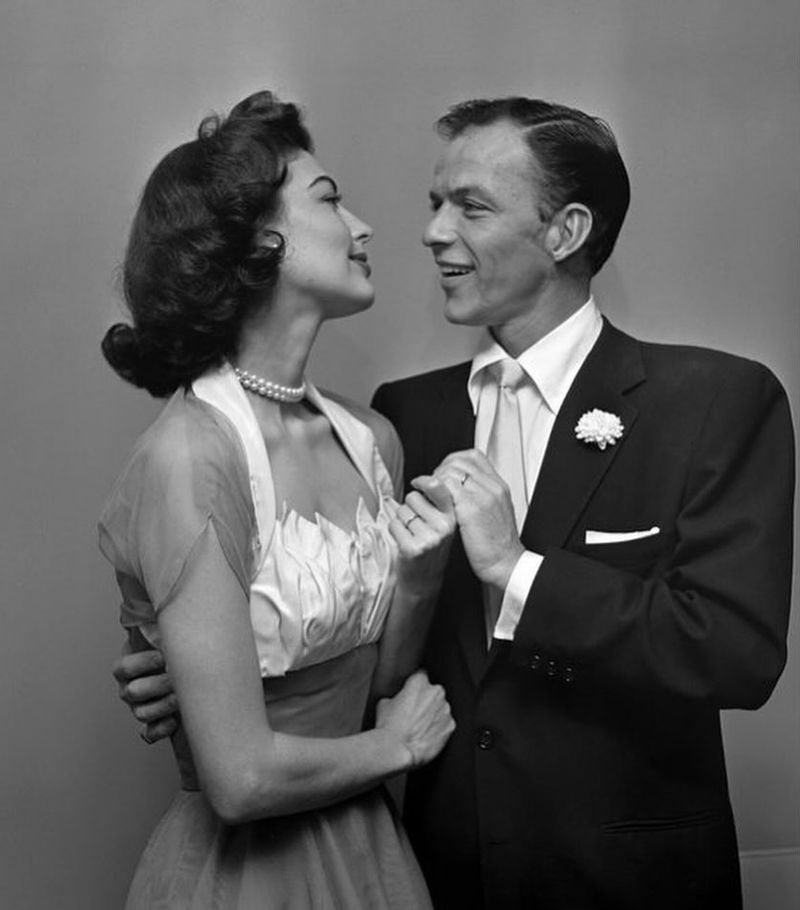
Appearing in public with your hair in curlers was the 1950s equivalent of wearing pajamas to the grocery store today – except the social consequences were far more severe. Women who stepped outside with rollers visible were considered trashy or lacking proper upbringing.
Magazines published entire articles about the embarrassment of being caught with curlers by unexpected visitors. Even checking the mailbox required a headscarf to hide any styling tools. The expectation of perpetual perfection meant women woke hours early to ensure their hair was properly set before being seen.
Class distinctions became visible through hair maintenance – “respectable” women never showed their beauty routines in public.
2. Denim
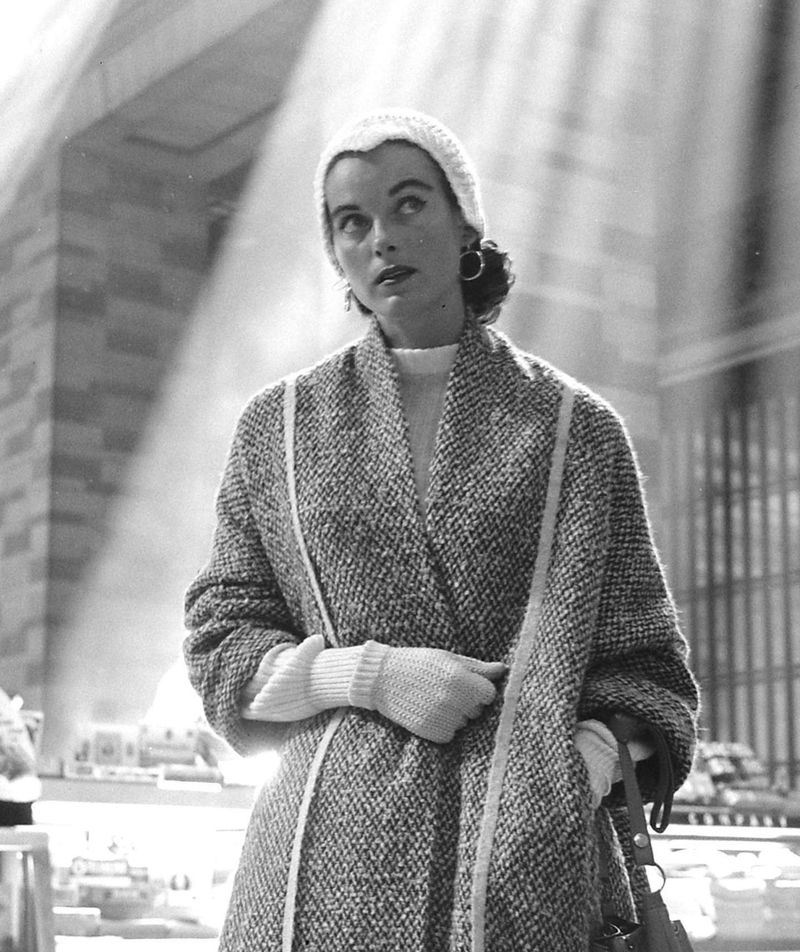
Blue jeans represented rebellion and working-class roots – not something “respectable” people wore beyond manual labor. Teenagers who showed up to school in denim faced immediate disciplinary action, as jeans were associated with juvenile delinquency and counterculture.
Office workers wouldn’t dream of wearing denim to work. Even on weekends, middle-class adults opted for pressed slacks or skirts for casual outings. When Elvis appeared on television wearing jeans, parents across America panicked about the corrupting influence.
Some movie theaters and restaurants posted signs: “No blue jeans allowed” – a dress code that targeted both social class and youth culture.
3. Low Necklines
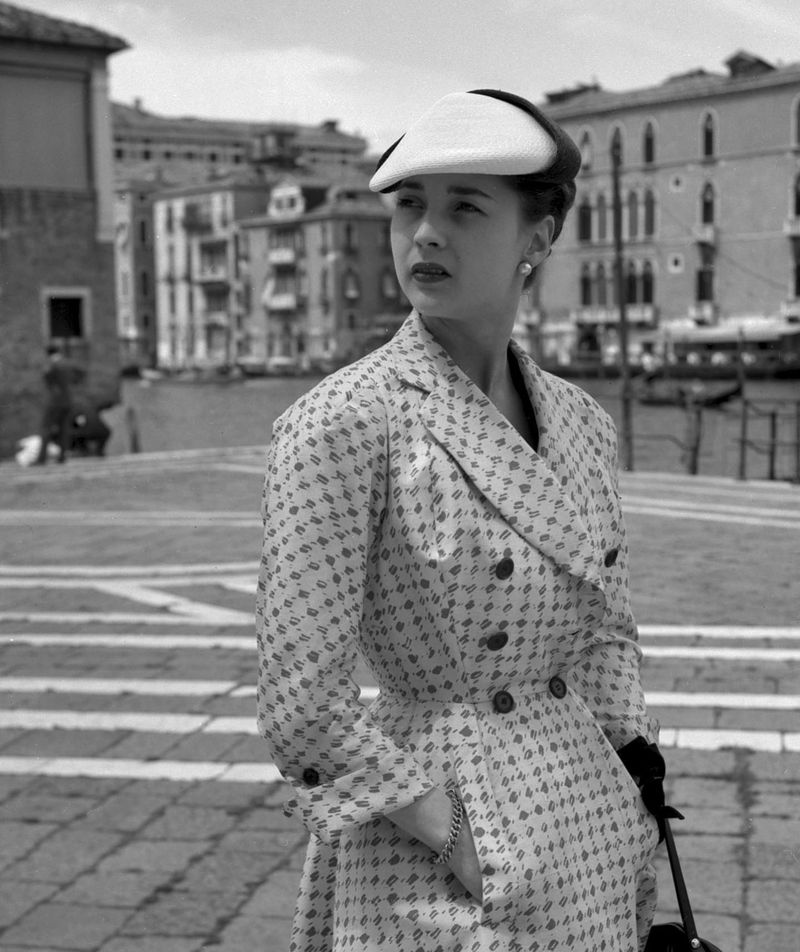
The collarbone became an unexpected battleground in 1950s fashion policing. Anything that dipped below it was labeled provocative or attention-seeking. Young women quickly learned the “hand test” – placing your hand at the base of your neck, anything lower than where your fingers reached was considered too revealing.
Schools and workplaces enforced strict neckline policies. Many girls resorted to wearing pins or brooches to close up V-necks that might otherwise invite criticism. Department stores primarily sold high-necked blouses and dresses for everyday wear, reserving lower cuts exclusively for evening gowns.
4. Sleeveless Tops
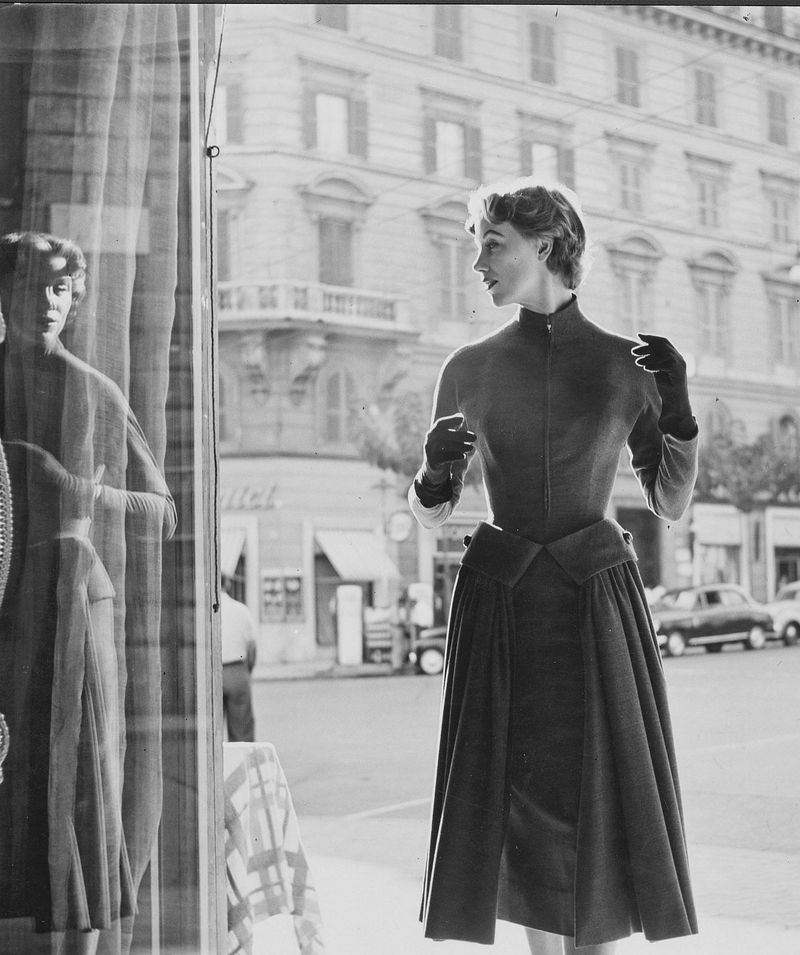
Bare arms were considered nearly as scandalous as bare legs in many social circles. Women carried cardigans everywhere to cover up if needed, even during sweltering summer months.
School dress codes explicitly banned sleeveless blouses and dresses. The dreaded “three-finger rule” determined if straps were wide enough to be acceptable – anything narrower meant immediate dress code violation.
Churches were particularly strict about covered shoulders, with some pastors openly scolding women who arrived for Sunday service without proper sleeve coverage. The fear of appearing immodest created an entire industry of little shrugs and boleros.
5. Pants on Women
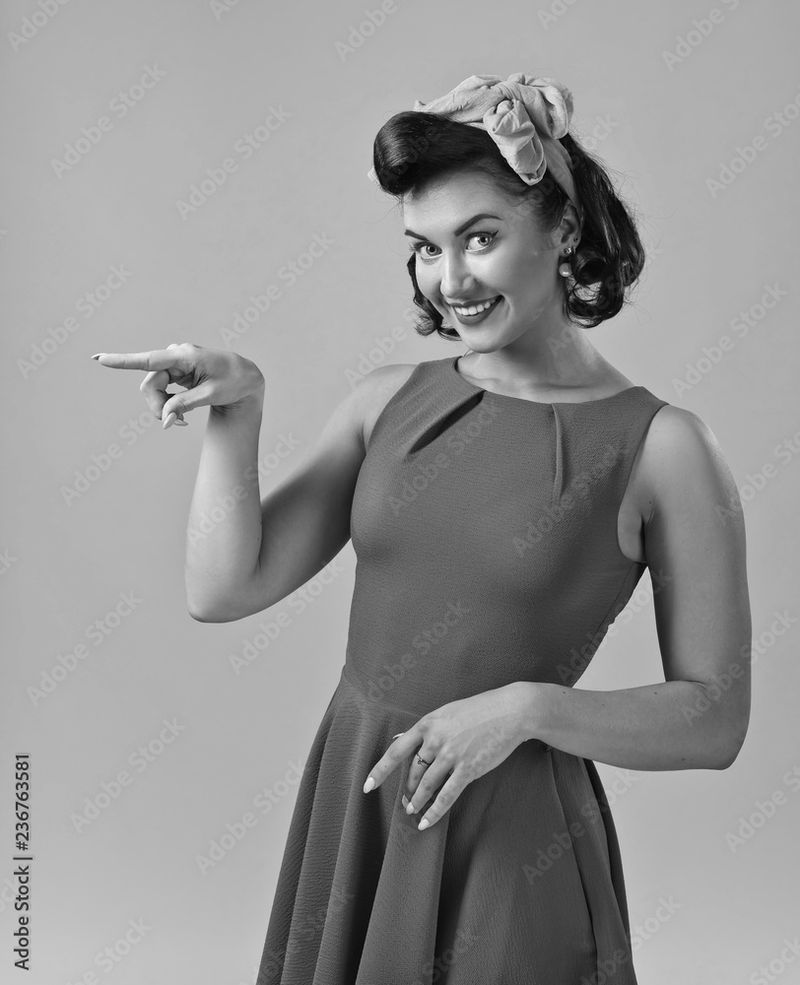
Ladies in trousers? Absolutely scandalous! During the post-war era, women who dared to wear pants often faced harsh judgment or outright bans in many public places. Schools sent girls home immediately if they arrived in slacks instead of skirts.
Office dress codes explicitly prohibited female employees from wearing pants, regardless of freezing temperatures or practical needs. Even some restaurants refused service to women in trousers! Physical education classes required girls to perform jumping jacks and run laps while wearing restrictive skirts or bloomers.
6. Above-the-Knee Skirts
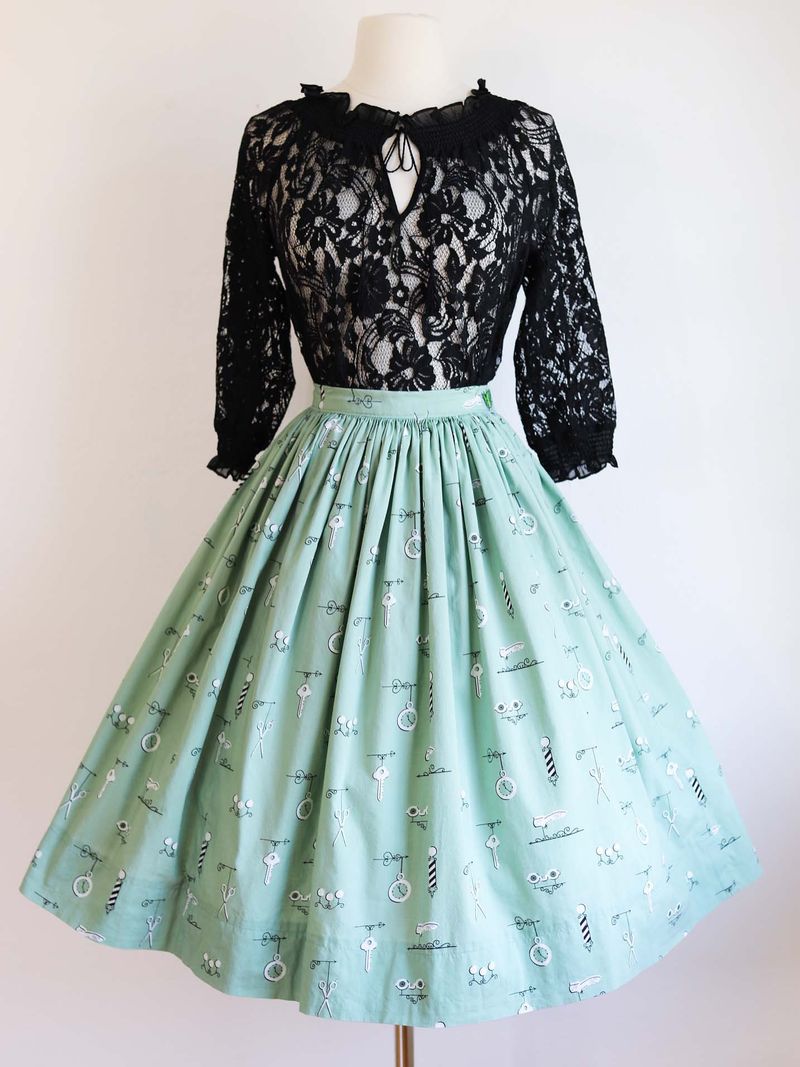
The ruler test was real. Teachers actually measured the distance between a girl’s knee and her hemline to ensure modesty standards were met. Any skirt that didn’t extend below the knee could trigger immediate disciplinary action.
Fashion magazines celebrated the “New Look” with its voluminous skirts hitting mid-calf. Parents and church leaders monitored young women’s hemlines with eagle eyes. When a girl sat down, she had to worry about whether her skirt still covered her knees properly – a constant source of anxiety for teens trying to fit in.
7. Form-Fitting Clothes Were Social Suicide
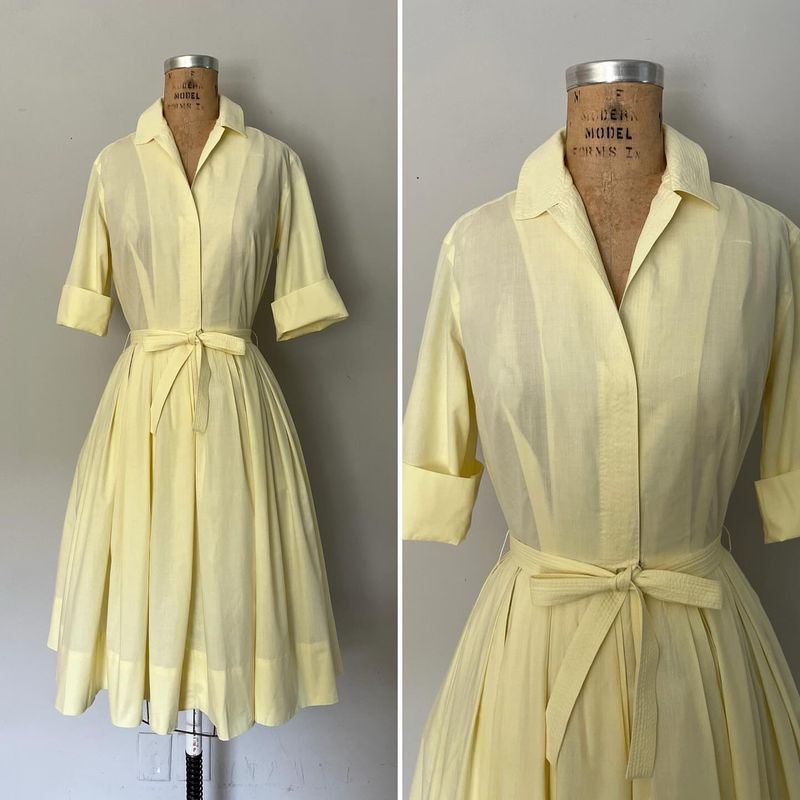
Marilyn Monroe may have rocked those curves on screen, but average women faced harsh criticism for wearing anything that revealed their natural shape. Proper ladies wore girdles and loose-fitting garments that concealed rather than highlighted their figures.
Men weren’t exempt either! Tight shirts that showed biceps or snug pants were associated with unsavory characters or beatniks. Parents often forced teenage boys to buy shirts and pants several sizes too large to avoid any hint of impropriety.
Even swimwear had to meet strict modesty standards, with many public pools enforcing coverage rules.
8. Bold Red Lipstick
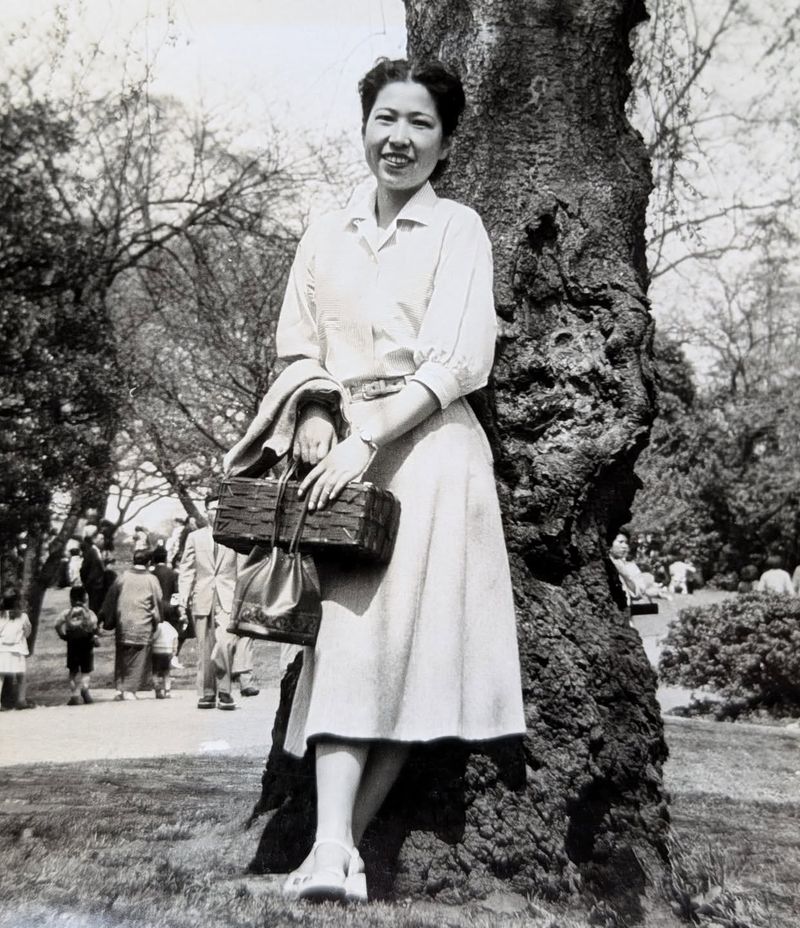
The shade of a woman’s lipstick could determine her social standing. Bright red was reserved for Hollywood starlets and women of questionable reputation, while “nice girls” stuck to pale pinks or coral at most.
High schools actively policed girls’ makeup choices. Many yearbook photographers kept tissues handy to wipe off excessive makeup before senior portraits. Parents monitored daughters’ cosmetic purchases carefully, worried that the wrong shade might send inappropriate signals.
Magazine advertisements reinforced these standards, marketing subtle shades for daytime and saving vibrant reds for “special occasions” – a coded message about appropriate femininity and restraint.
9. Any Makeup On Young Girls
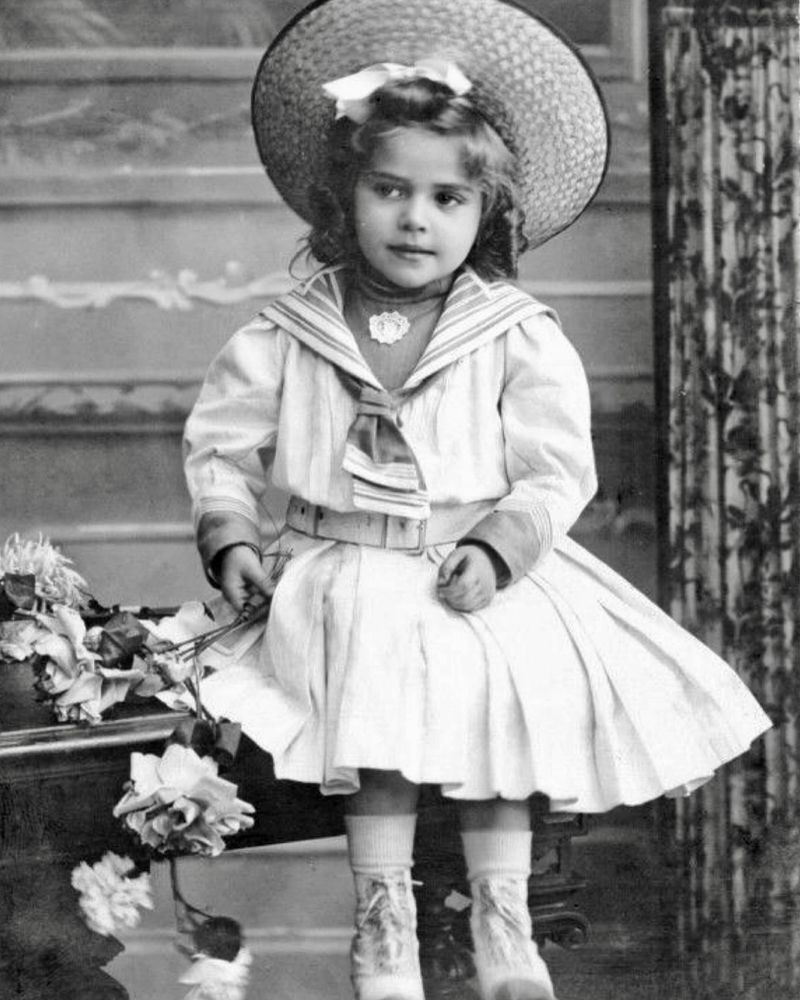
Today’s middle schoolers might experiment with eyeshadow and lip gloss, but 1950s teenagers faced strict cosmetic restrictions. Many schools banned makeup entirely for girls under 16, considering it a sign of precocious behavior or poor parenting.
Girls caught with mascara or foundation faced detention or calls home. Some resourceful teens applied makeup after leaving home, then frantically wiped it off before returning. Mothers often waited until their daughters’ high school graduation before teaching proper makeup application.
Natural beauty was the enforced ideal for young ladies, with cosmetics companies marketing special “teen” lines with barely-there tints for special occasions only.
10. Gender-Bending Clothes
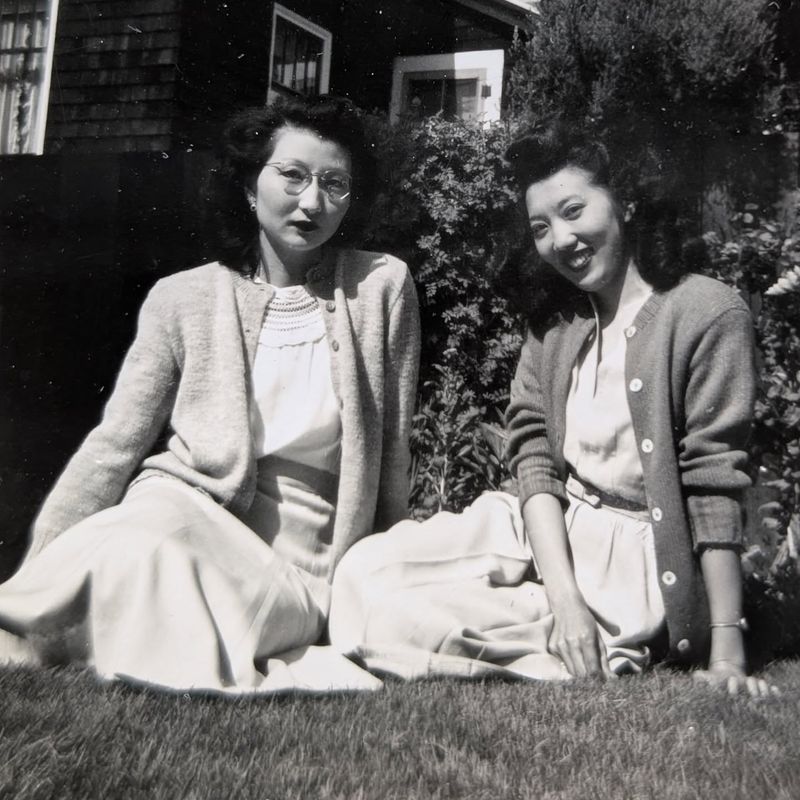
The 1950s enforced rigid gender boundaries through clothing with shocking severity. Men wearing anything feminine faced not just ridicule but potential arrest under “masquerading” laws still enforced in many cities. Women wearing full male attire risked similar legal consequences.
Children were strictly policed – boys with long hair or interest in “girl colors” faced immediate intervention. Parents consulted psychologists if their sons showed interest in clothing outside narrow masculine norms. Girls who preferred pants and rejected dresses were labeled “tomboys” – a phase to be outgrown before puberty, or else.
These restrictions reflected deeper anxieties about sexuality and gender roles during the Cold War era.
11. Casual Church Attire
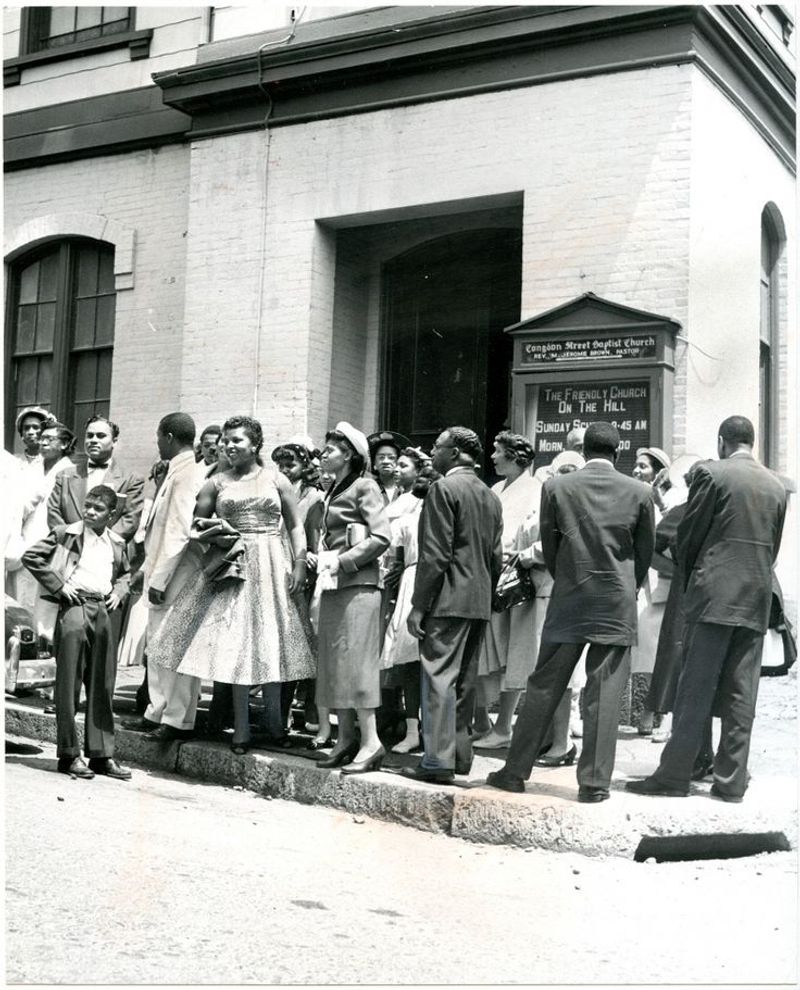
Sunday morning transformed neighborhoods into fashion parades where spiritual devotion was measured by sartorial effort. Men wore full suits regardless of summer heat, complete with hats they removed upon entering the sanctuary. Women’s church ensembles included gloves, hats, stockings, and coordinated accessories.
Children endured uncomfortable “Sunday best” outfits that restricted play. Showing up in casual clothes wasn’t just inappropriate – it could result in being asked to leave or sit in the back.
The phrase “dressed in your Sunday best” originated from this era when church attendance required your absolute finest attire as a visible sign of respect for God and community.
12. Men’s Shirts Had To Be Properly Tucked
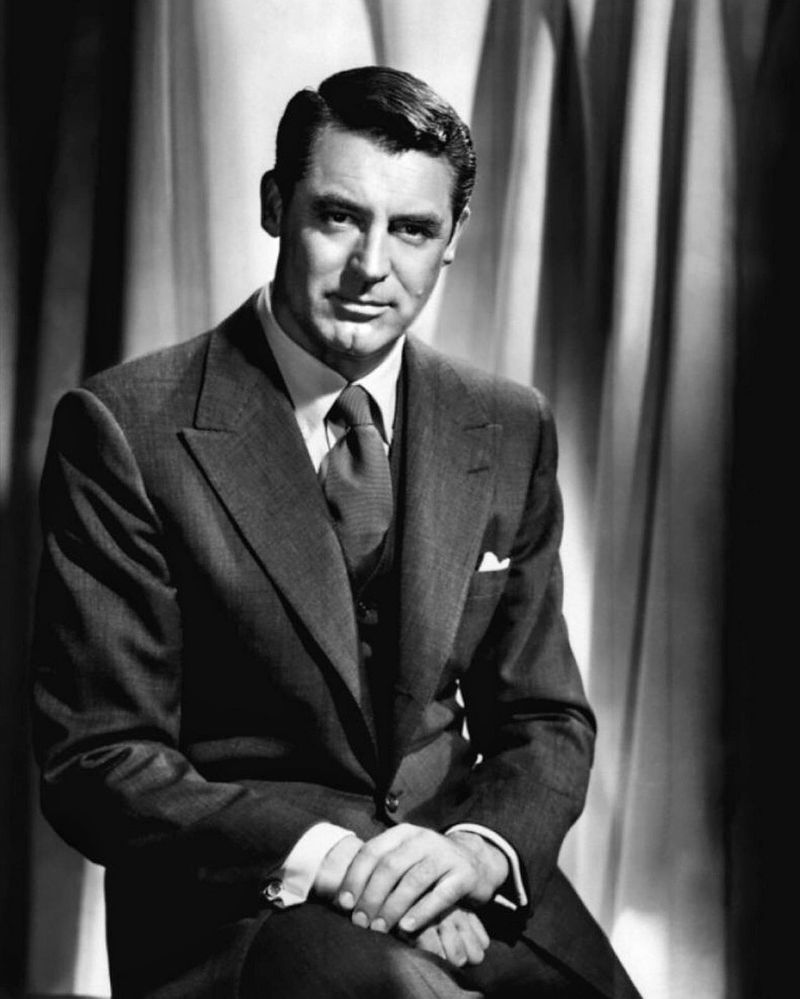
The battle of the untucked shirt created daily tension between teenage boys and authority figures. An untucked shirt tail was seen as a deliberate act of rebellion against social order, not a fashion choice.
School administrators carried rulers not just for knuckle-rapping but for measuring how far a shirt extended below the belt. Workplaces fired men for repeated dress code violations involving untucked shirts. Even casual weekend gatherings required men to maintain a tucked-in appearance.
James Dean’s iconic untucked look in “Rebel Without a Cause” confirmed parents’ worst fears – that sloppy dressing led directly to juvenile delinquency and social disorder.

Comments
Loading…